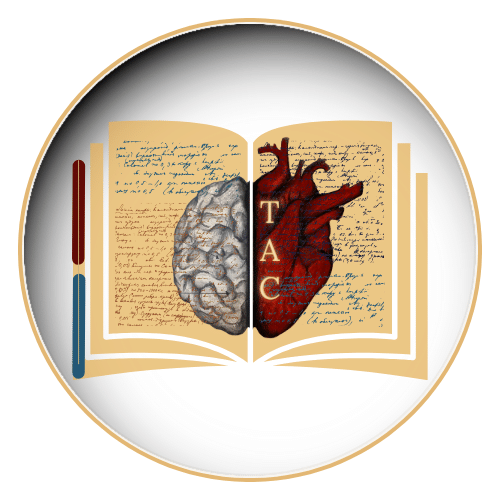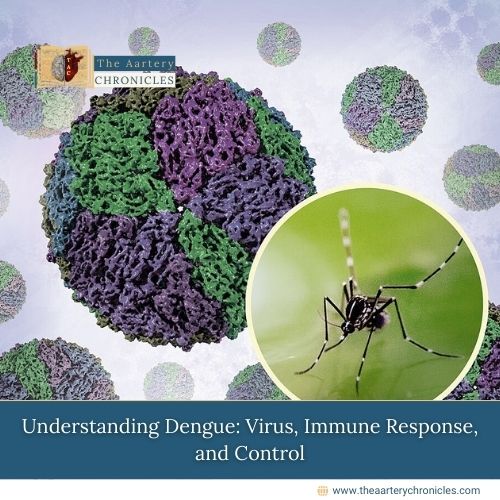

Why We Still Don’t Understand Tickling After 2000 Years
Summary: Despite being around for thousands of years, tickling remains one of neuroscience’s great unsolved mysteries. This article explores why we can’t tickle ourselves, how people experience tickling differently, and why scientists like Dr. Konstantina Kilteni believe tickling could unlock insights into brain development, autism, and evolution.
Why can’t you tickle yourself? And why do some people laugh while others squirm or scream?
Tickling has puzzled humans for centuries, starting from Socrates to Charles Darwin. And in 2025, we’re still scratching our heads. Neuroscientist Dr. Konstantina Kilteni from the Donders Institute argues that it’s time to take tickling seriously. Her research, conducted at a dedicated tickling lab at Radboud University, dives into how our brains process ticklish sensations and why understanding this might help unlock insights into
- Brain development
- Social bonding
- Autism
The Ancient Mystery of Tickling
For over two millennia, great minds like Socrates and Darwin have wondered: What exactly is tickling?
Despite its everyday familiarity, tickling remains an enigma in neuroscience. Dr. Kilteni says:
“Tickling is relatively under-researched.”
It involves a complex dance of
- Motor control
- Social cues
- Neurological signals
- Developmental patterns
- Evolutionary biology
And because it triggers such strong reactions, laughter, discomfort, or even joy, understanding it could open doors to better knowledge of the human brain.
Tickling and Brain Development: What’s the Connection?
Tickling is most common in early life. Parents instinctively tickle their babies, and it’s believed to strengthen emotional bonds. But how exactly does the brain process this tactile play?
According to Dr. Kilteni:
“By investigating this, you can learn more about brain development in children.”
Studying tickling might provide key insights into how sensory signals are processed during childhood and how the nervous system matures over time.
Ticklish Brains and Autism: A Clue for Understanding Neurodiversity
Here’s where it gets really interesting. Research shows that individuals with autism spectrum disorder (ASD) often perceive touch as more ticklish than others. That’s not just a curious fact, it could be a clue.
“Investigating this difference could provide insight into differences in the brains of people with autism,” says Kilteni.
Tickling may become a valuable tool for understanding sensory processing in autism and, potentially, offer new ways to support individuals on the autism spectrum.
Even Animals Get Tickled: What Evolution Has to Say
Think it’s just a human thing? Nope. Apes, such as bonobos and gorillas, respond to tickling, and, believe it or not, so do rats.
So what evolutionary purpose does tickling serve? Is it just a form of social bonding, or does it go deeper?
“From an evolutionary perspective, what is the purpose of tickling? What do we get out of it?”
This question could lead to answers about the social and survival benefits of shared touch and laughter.
Why You Can’t Tickle Yourself: Brain’s Predictive Powers
One of the most mind-boggling aspects of tickling is that you can’t do it to yourself. Why?
Dr. Kilteni explains: “Apparently, our brain distinguishes ourselves from others… the brain can switch off the tickling reflex in advance.”
Because we know when and where we’ll touch ourselves, our brain pre-processes the signal and cancels out the reaction. But exactly how does that work at the neurological level? Still a mystery.
Defining Tickling: Why Research Is So Difficult
One of the biggest roadblocks in tickling science is that there’s no clear definition. Is it the hard poke in your armpits or the feather-light brush across your neck? These are completely different sensations, and comparing them in scientific studies is tricky.
“The first sensation is understudied while we know much more about the second feather-like stimulation,” Kilteni notes.
This lack of standardisation has made it hard for scientists to run repeatable, controlled studies until now.
Inside the World’s First Tickling Lab
To bring consistency to tickle research, Kilteni created a tickling lab. Here, volunteers place their feet through openings in a special chair, where a mechanical stick tickles their soles with precision.
This allows scientists to:
- Measure brain activity
- Monitor heart rate, breathing, sweating
- Record real-time reactions like laughter or screaming
“By incorporating this method of tickling into a proper experiment, we can take tickling research seriously,” she explains.
“Not only will we be able to truly understand tickling, but also our brains.”
Conclusion: Why Tickling Deserves a Spot in Serious Science
Tickling may seem like child’s play, but it holds profound clues about
- Brain function
- Sensory processing
- Autism
- Evolution
By studying how our brains respond to ticklish stimuli, scientists like Dr. Kilteni are paving the way for deeper insights into the mysteries of human neuroscience.
So next time you laugh or squirm from a tickle, remember, your brain is doing far more than just reacting. It’s revealing one of the most curious riddles in science.
Reference
Konstantina Kilteni et al. The extraordinary enigma of ordinary tickle behavior: Why gargalesis still puzzles neuroscience. Science Advances, 2025; 11 (21)

Dane
I am an MBBS graduate and a dedicated medical writer with a strong passion for deep research and psychology. I enjoy breaking down complex medical topics into engaging, easy-to-understand content, aiming to educate and inspire readers by exploring the fascinating connection between health, science, and the human mind.








